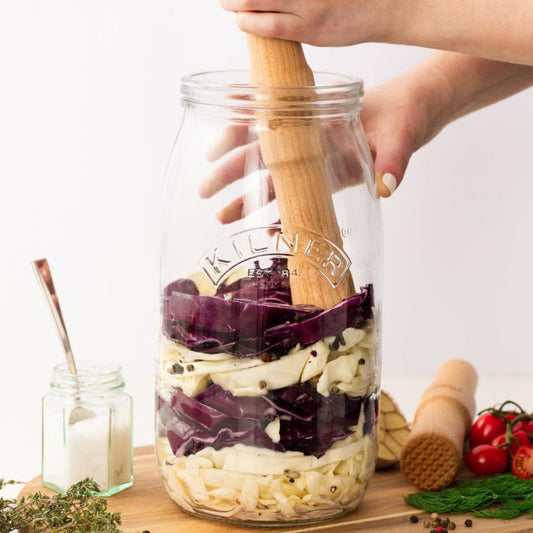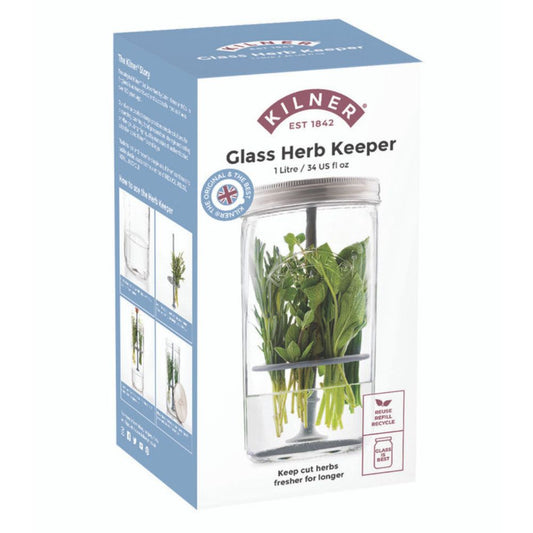By Slow Fashion blogger Leah Musch, @unmaterialgirl In an age of hashtags and buzz words, two terms have recently seemed to gain a lot of traction within both the eco and fashion community – Fast Fashion and Slow Fashion. Read on as we explain what these two terms mean, and why it's so important to know and appreciate the difference. We also show you how, by choosing to participate in the Slow Fashion movement, instead of opting for cheap, mass produced Fast Fashion, you can save money, improve someone's life, protect our environment, and contribute to a sustainable, circular economy.
What is Fast Fashion?
In many ways, Fast Fashion is the antithesis of Slow Fashion. It's all about rapidly creating trend driven, inexpensive, mass produced fashion that is available at mass market retailers. Straight from the catwalk, into the stores, purchased cheaply then briefly worn (or sometimes, not even worn once!) and then thrown away. There are so many negative impacts associated with fashion produced in this way, ranging from the environmental effects of dying with toxic and harmful chemicals, to the exploitation of garment workers.
What are the Environmental & Social Costs of Fast Fashion?
Cheap garments often use cheap material, such as synthetic fabrics like polyester, nylon and acrylic. These fabrics aren't biodegradable and instead can last up to 200 years. They are also one of the main contributors of micro plastics to the ocean. Each time a synthetic garment is washed, thousands of tiny plastic particles are distributed into the sea and cause havoc for marine life (an easy way to avoid this happening is to invest in a microfibre laundry bag The environmental impacts of Fast Fashion also greatly affect the people who make the clothes. In 2013, more than 1,100 garment workers were killed in the Rana Plaza factory collapse in Dhaka, Bangladesh. It is known that the workers had previously pointed out cracks in the building but were ignored and directed back to work inside. Fashion Revolution Week was created in response to this tragic event and aims to create more transparency within the industry. More recently, Zara customers have discovered hand written notes sewn into clothes from garment workers stating they hadn't been paid for their labour. Fast Fashion is about:- Trend driven, inexpensive, poor quality, mass produced styles
- Dangerous working conditions for workers making the clothes
- Some workers not being paid for their work at all
- Cheap, synthetic, non-biodegradable fabrics that do significant harm to the environmental
- Brands that are not transparent in their processes
Supporting brands who are transparent about their manufacturing and labour processes is one of the best ways to ensure you aren't supporting a label who is exploiting people. If a brand is being unclear or vague, ask them directly “who made my clothes?” or hop onto the Good on You app for more information and resources.
What is Slow Fashion?
Slow Fashion is an umbrella term that refers to a cultural movement around the slower production and consumption of clothing and accessories. It often refers to products that have been created consciously, with ethical practices and sustainability at the forefront of the design process. In simpler terms, Slow Fashion is all about slowing down the way we make and buy clothing. It encourages consumers to know and appreciate not just the people making their clothing, but the garments themselves. Slow Fashion champions:- Outfit repeating
- Mending
- Upcycling
- Thrift shopping
- Swapping
- Sharing
- Minimalism
- Making clothes by hand
Due to what Slow Fashion champions as a concept - outfit repeating, mending, thrift shopping, swapping, sharing, making clothes yourself, etc. - spending a lot of money to take part in the movement is not necessary. But if you do decide to buy Slow Fashion garment, you can purchase it knowing that the person who made your clothes was paid a fair, living wage, did not have to work in unsafe conditions, and that the materials used did not or will not cause significant environmental harm.
What is the Circular Economy?
Second-hand and thrifted fashion is also a huge part of this movement, with an emphasis on keeping clothing “in the loop” and out of landfill. The term “in the loop” is a reference to the circular economy, which is an economic model based around the notion of keeping resources in use for as long as possible in order to receive the most value from them. For example, when clothing has reached the end of its life, it is then recovered and regenerated into new products or materials. In comparison, Fast Fashion follows a more traditional linear model of ‘make, use and dispose'. The trouble with this is, we are making too fast, using too little, and disposing of fashion in totally unsustainable ways.
Slow Fashion at Biome
The brands we have chosen to stock at Biome have been carefully selected because of the way they consider and contribute to the Slow Fashion Movement. Below is a little break down to share how some of our brands do this in their own way.
Kowtow
 This label is all about fair trade, no child labour, gender equality, certified organic fabrics, accredited workplaces and grower community.
This label is all about fair trade, no child labour, gender equality, certified organic fabrics, accredited workplaces and grower community.
Seaside Tones
 Each garment is made using 100% Baltic linen, which is not only strong, cool to wear and moth resistant, but also natural as it is made from the flax plant.
Each garment is made using 100% Baltic linen, which is not only strong, cool to wear and moth resistant, but also natural as it is made from the flax plant.
Tasi Travels
 All garments are handmade right here in Australia, in either Melbourne or the Sunshine Coast using sustainable fabrics such as Tencel.
All garments are handmade right here in Australia, in either Melbourne or the Sunshine Coast using sustainable fabrics such as Tencel.
BeeKeeper Parade
 Each bag and accessory is hand made using textile waste that was destined for landfill, making each product totally unique and special.
Each bag and accessory is hand made using textile waste that was destined for landfill, making each product totally unique and special.
Join the Slow Fashion Movement!
Although it can feel overwhelming when faced with the challenges of Fast Fashion, don't be disheartened. There are so many ways to be part of the Slow Fashion movement, no matter what your budget is. Come along to one of our clothing swaps, or if you can't make it – host one yourself! Keep asking questions, support brands who are doing things right and embrace the glory of being an outfit repeater.
Find out how to host a clothes swap here >
Shop our Slow Fashion department here >
Further Reading http://www.wrap.org.uk/about-us/about/wrap-and-circular-economy https://goodonyou.eco/how-sustainable-is-linen/
Related Links:
Planning on doing some hiking? Slow vs fast fashion principles apply for outdoor wear too. Check out our hiking clothes collection to see how you can hike more sustainably.
Why Organic Cotton is the Best Choice for Kids Winter Pyjamas


































